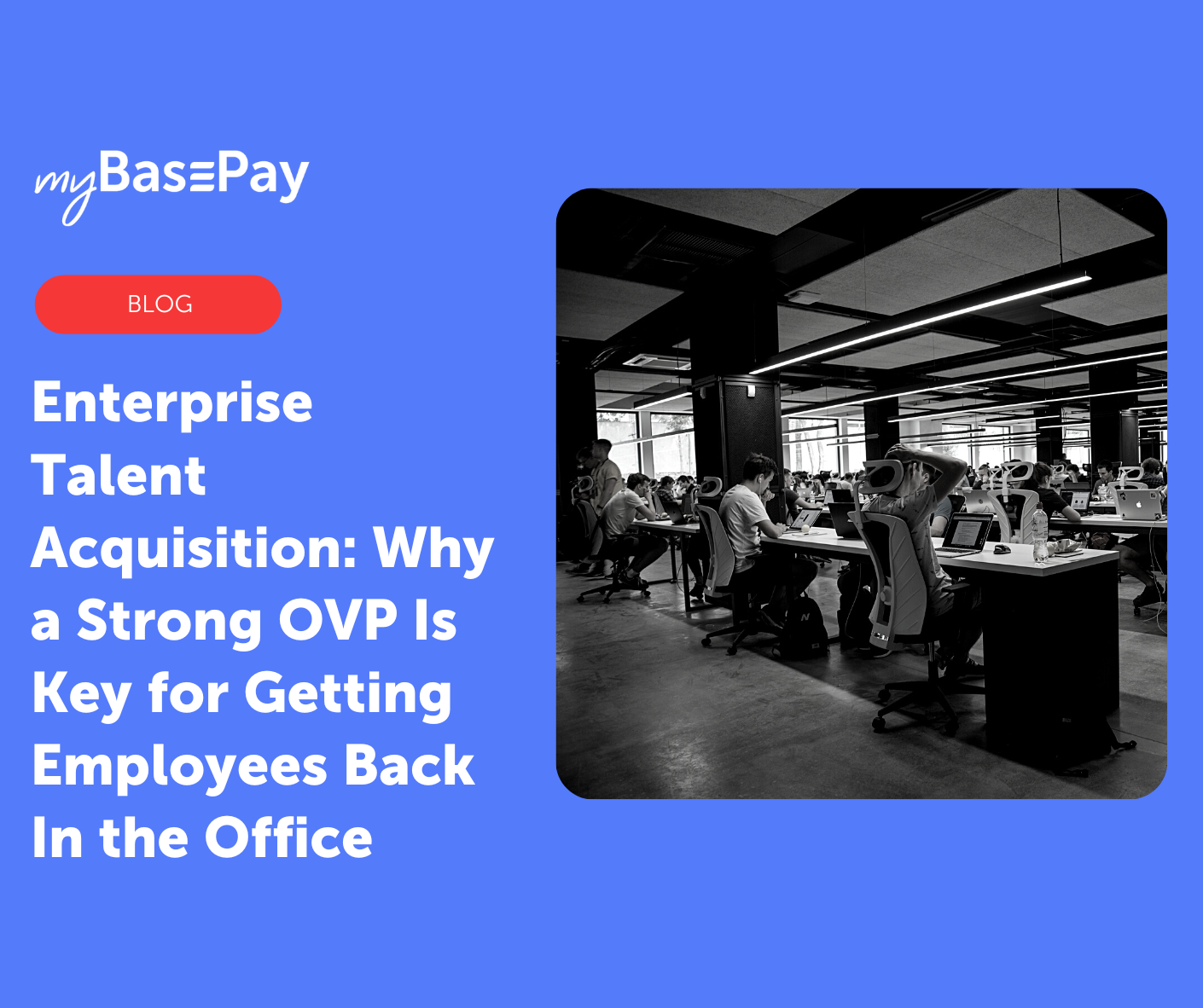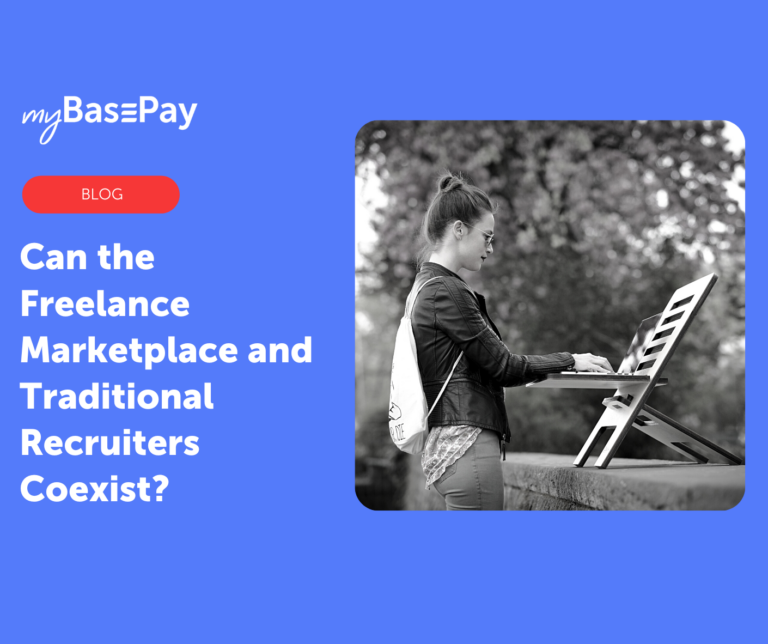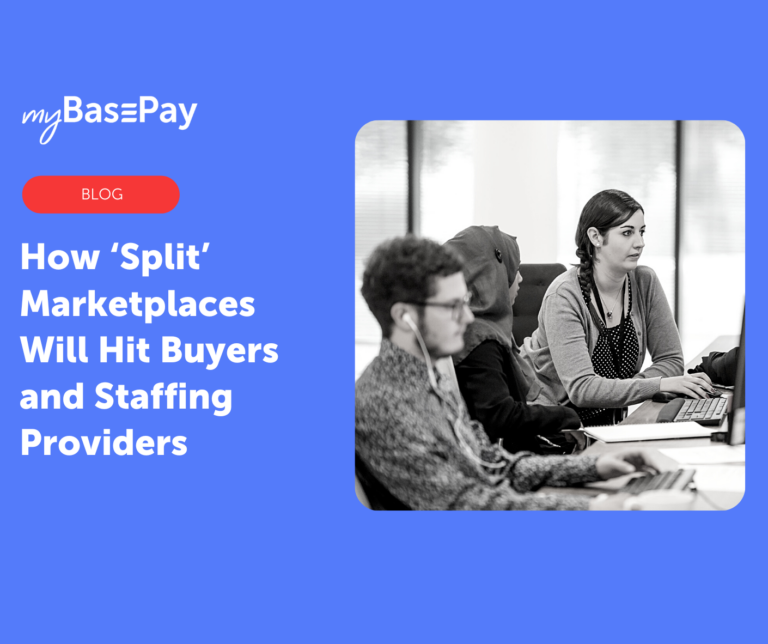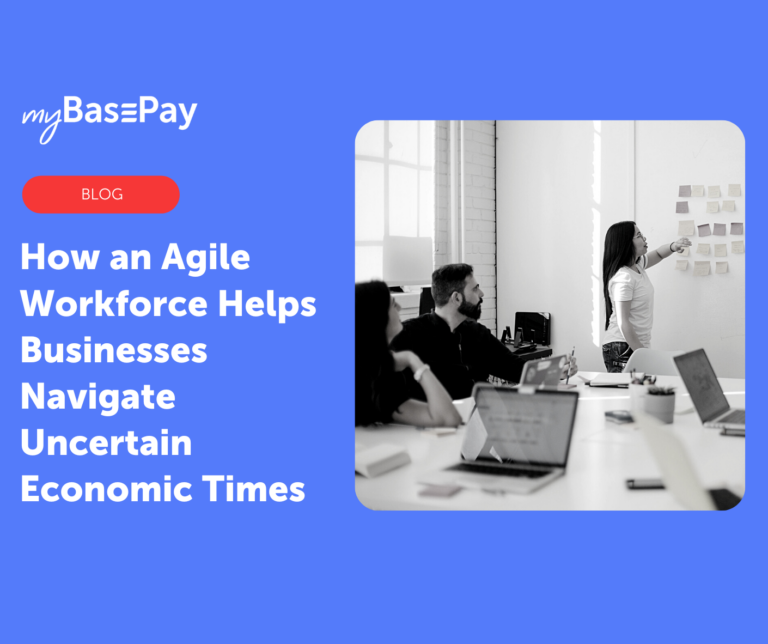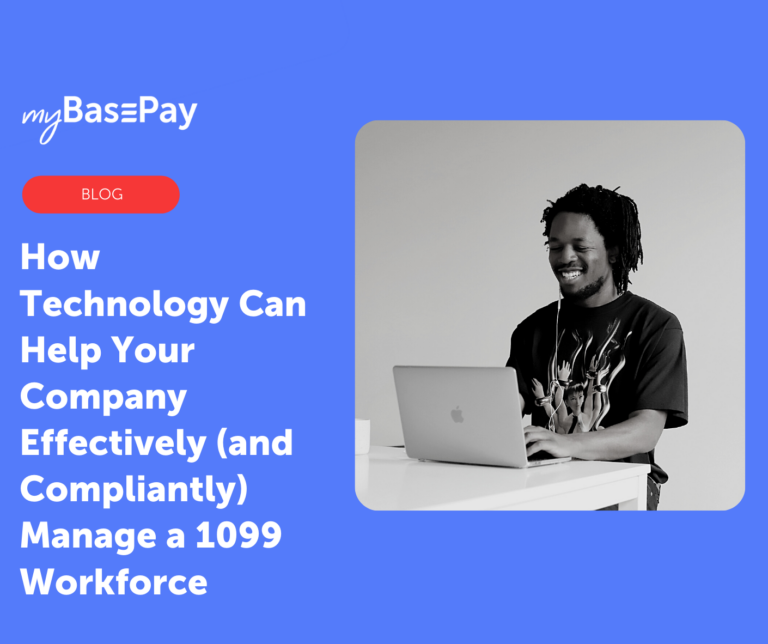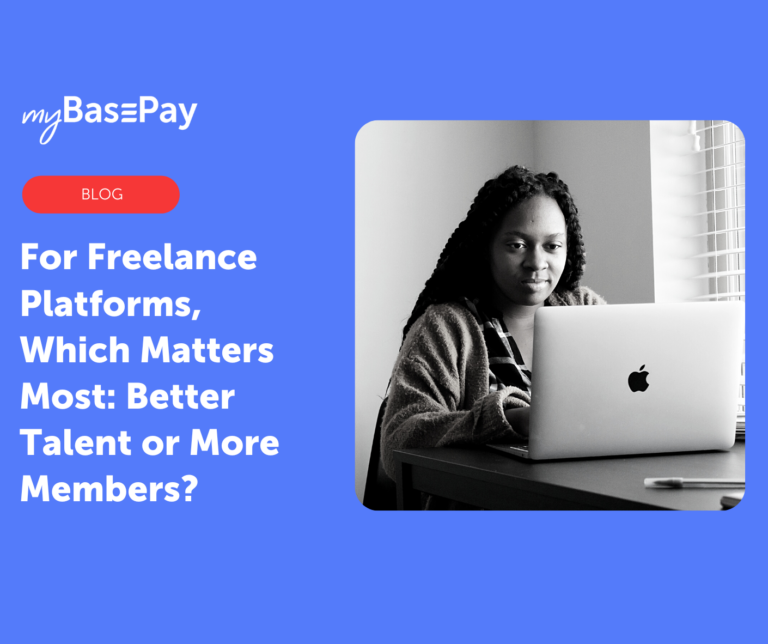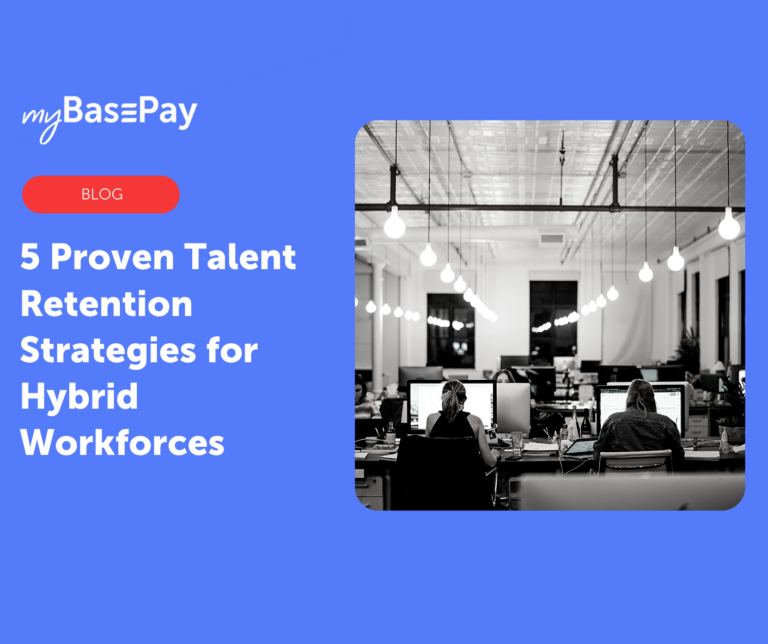Enterprise Talent Acquisition: Why a Strong OVP Is Key for Getting Employees Back In the Office
The COVID-19 pandemic completely disrupted enterprise talent acquisition — and in many ways, continues to do so. Employee expectations have shifted dramatically over the last few years, and few trends seem more likely to remain in place long-term than working remotely.
Recent research from McKinsey reveals that 58 percent of Americans report being able to work remotely at least one day per week. Even more noteworthy, the McKinsey survey found that 87 percent of people will take the chance for flexible work when it is offered.
In other words, flexible working arrangements have quickly become one of the most sought-after perks across a wide range of industries and positions.
At the same time, many managers have attempted to push back against the work from home mindset. They want employees in the office, where they can better collaborate and have greater oversight of team members.
However, managers risk driving away top talent if they go about this the wrong way. To successfully get employees back in the office, they must have a strong office value proposition (OVP).
What Is an OVP, and Why Does It Matter?
Your office value proposition — also sometimes called a workplace value proposition — is a way of describing the culture, benefits and interactions that are only available to your employees when they are working in the office. It is what gives a deeper meaning to working on-site, rather than from the comfort of your own home.
The OVP cannot simply be a statement that having employees back in the office is “better for the company” — a sentiment that has garnered significant pushback that leaves workers feeling unappreciated and like the company doesn’t listen to their input.
The simple reality is that many jobs no longer technically require an employee to be in the office. This is part of what has made freelancing so popular over the last few years.
But while a job can technically be done entirely remote, this doesn’t mean it is always better for businesses and their employees. Creating a strong OVP is how you can articulate to your employees why it is worth it to come back to the office, at least for some of the time.
Focus On the ‘Four C’s’
Writing for Gallup, Kristin Barry and Ben Wigert highlighted what they described as the “Four C’s” that are essential for developing a compelling OVP that makes it worthwhile for employees to return to the office.
The first C is connection. Human beings have a natural desire for social connection, and in-person work can foster these opportunities. Leaders should provide opportunities for interpersonal interaction that improve employee happiness, engagement and well-being. Intentional one-on-one conversations with leadership, eating lunch together as a team or planning on-site social events can all help drive this sense of connection.
Next is collaboration, something that can easily suffer in a virtual-only work environment. An in-person work environment makes it easier to provide spontaneous feedback and support, or to request help from other employees.
These opportunities for joint participation can foster trust and productivity. It also becomes much easier for everyone to share ideas and not get distracted when they are participating in meetings on-site, rather than via Zoom.
Stronger connections and collaboration can also fuel greater creativity. Spontaneous and planned collaboration are often easier in an in-office environment, where impromptu conversations can fuel surprising innovations. Encouraging team members to take breaks together, and scheduling “unplanned” creative time for sharing ideas and brainstorming can help your workspace foster greater creativity.
Finally, you must consider your company culture. Working together in a shared space can enhance feelings of belonging that solidifies each individual’s dedication to your greater company culture. Leaders should identify the unique aspects of their culture, and consider how continuing to work remotely can impact it for better or worse.
When developing policies designed to get employees back into the office, leaders would do well to keep these core attributes in mind. The OVP should be authentic to your company, highlighting the values that make you unique and that make people want to be together in the office.
A strong culture that respects employee autonomy and encourages everyone to give their best effort will ultimately be the most powerful differentiator you can offer.
Acknowledge the Demand for Flexible Work
Like it or not, managers must acknowledge the increased demand for flexible work arrangements that allow employees to work from home at least part of the time. A recent Gallup poll indicates that only six percent of employees want to go back to working in the office full-time.
Notably, however, the most desired work situation is hybrid, with part of the time spent in the office, and some days at home — desired by 60 percent of those surveyed.
Perhaps even more noteworthy, however, are the results from the same survey that indicate 60 percent of employees who currently work exclusively remotely would be “extremely likely” to look for another job if they were not given remote flexibility in the future.
With these prevailing sentiments throughout the workforce, a key OVP could ultimately be that employees don’t have to be in the office all the time. Business leaders must determine a setup that works best for their organization and its needs. However, a willingness to allow remote work for tasks that don’t need to be done in the office could prove vital to attracting and retaining top talent.
Navigating a Changing Employment Landscape
Trying to force employees to return to the office isn’t going to help anyone. At best, it will drive a wedge between management and employees that stifles the company culture. At worst, it could send top talent scrambling to find employment elsewhere.
Business leaders must find a careful balance between employee desires and their own organizational needs. By providing a strong OVP that gives employees a compelling reason to return to the office, but still offers the flexibility they crave, you can better navigate that fine line that improves productivity and helps you attract and retain talent.
Author: Cesar Jimenez, myBasePay CEO
Cesar A. Jimenez is an entrepreneur, investor, and military veteran with over 25 years of staffing industry expertise successfully leading technology staffing organizations. His expertise in the IT industry allows him to use his experience as a thought leader for talent acquisition, staffing, IT, and recruitment technologies with a passion for contingent workforce solutions. Cesar has held various leadership roles for both a global staffing organization and technology solutions companies. This expertise has enabled him to develop alternative workforce models that provide the agility for organizations to be competitive in today’s marketplace. In his spare time, he enjoys spending time with hisfamily, working out, and coaching high school baseball players.
